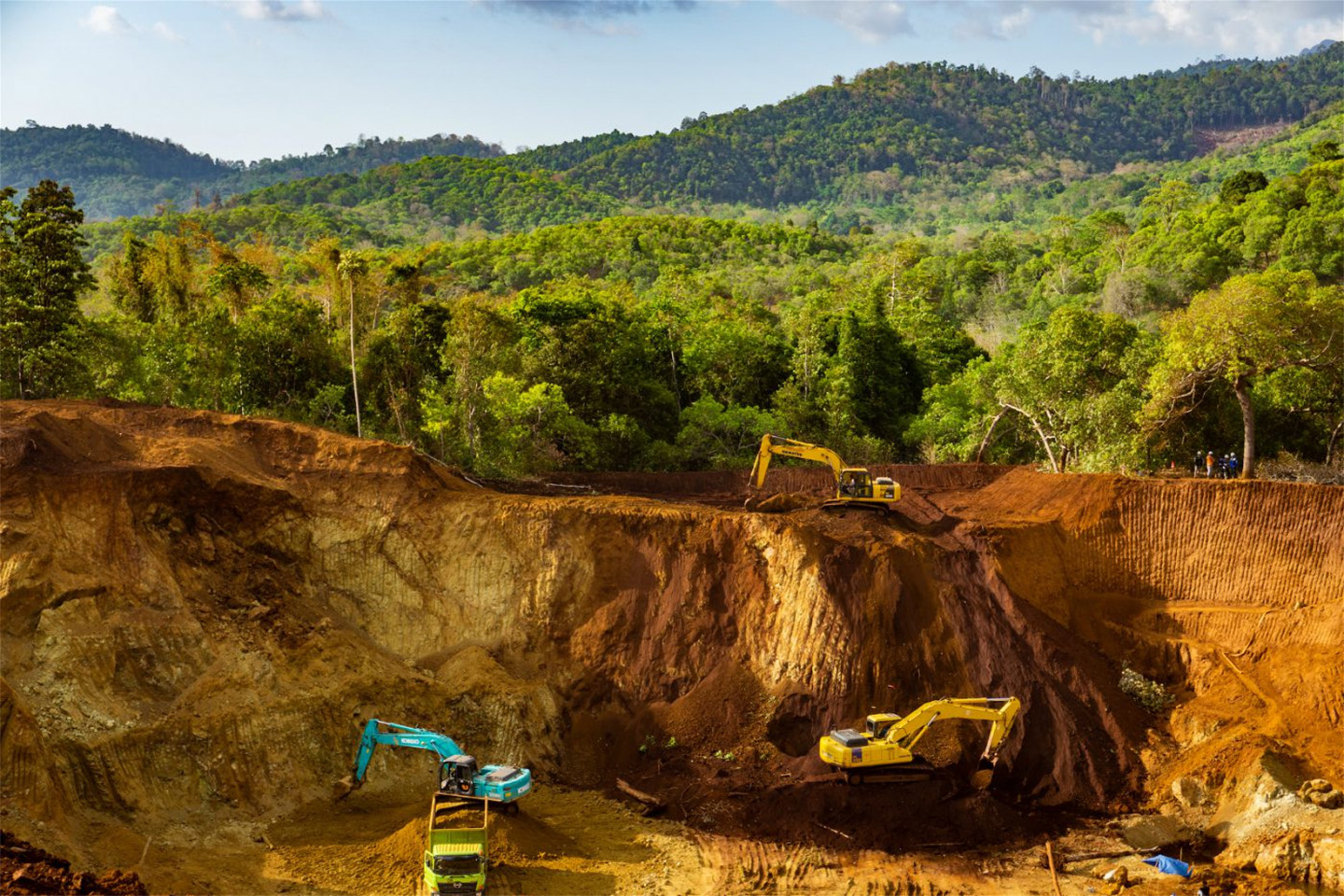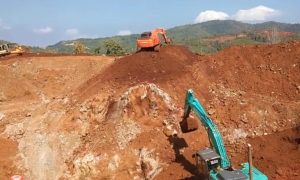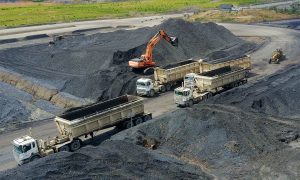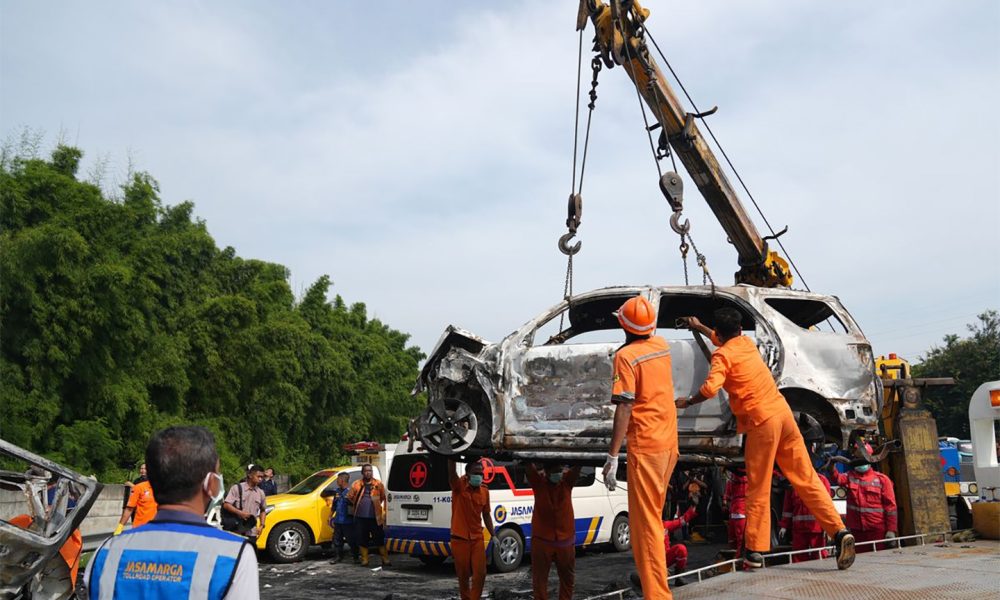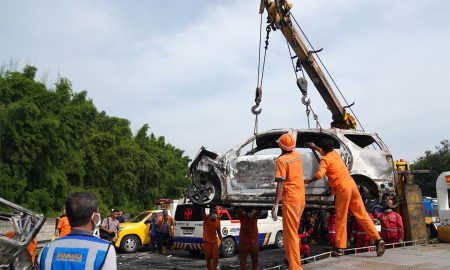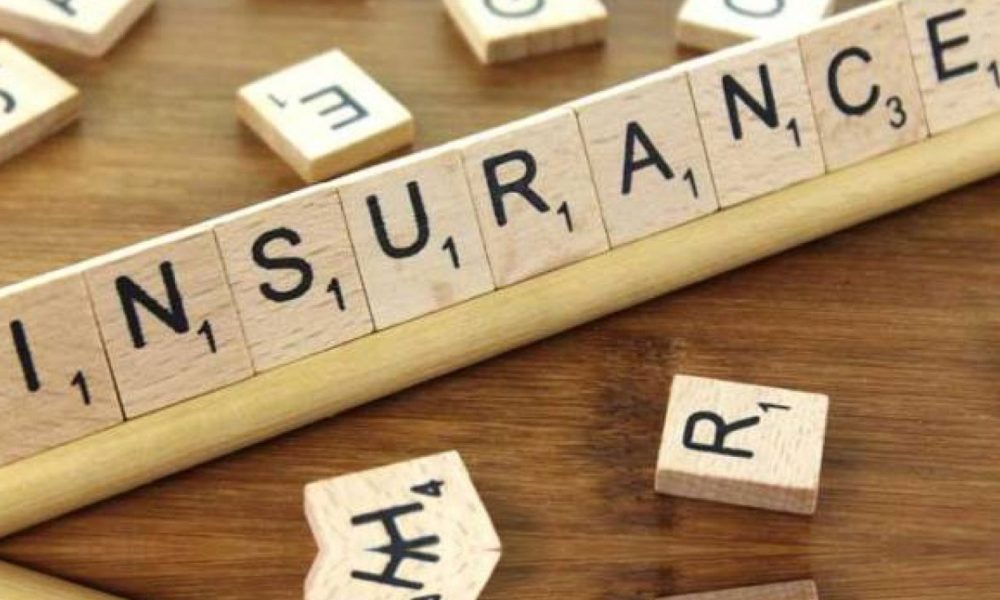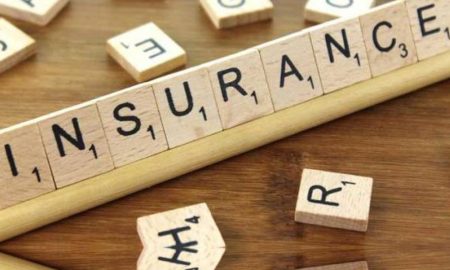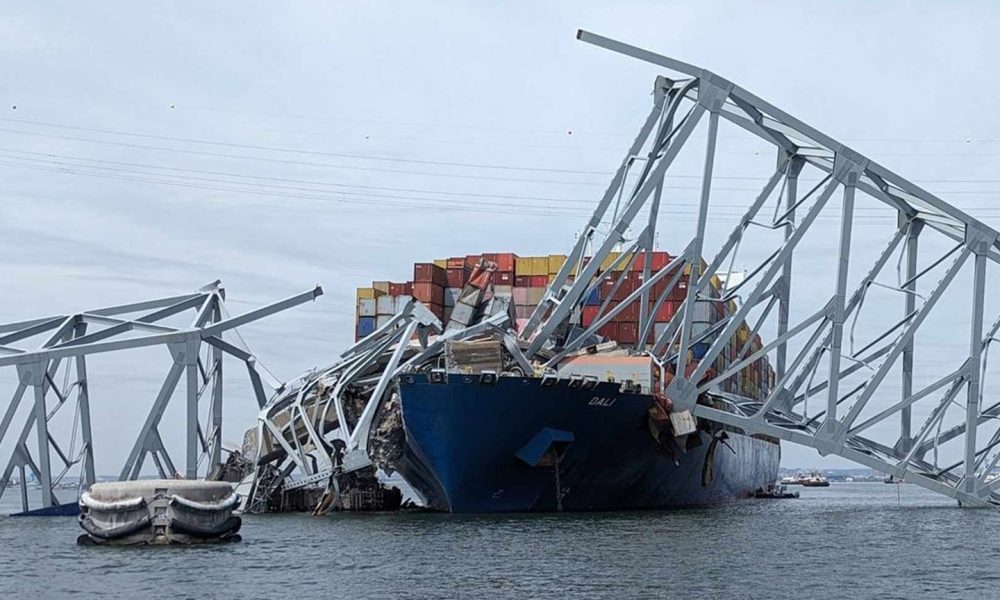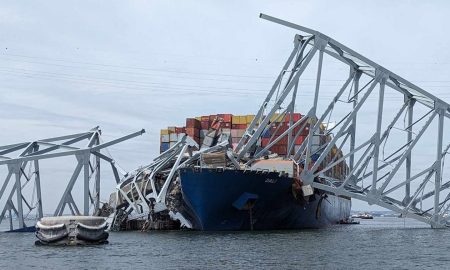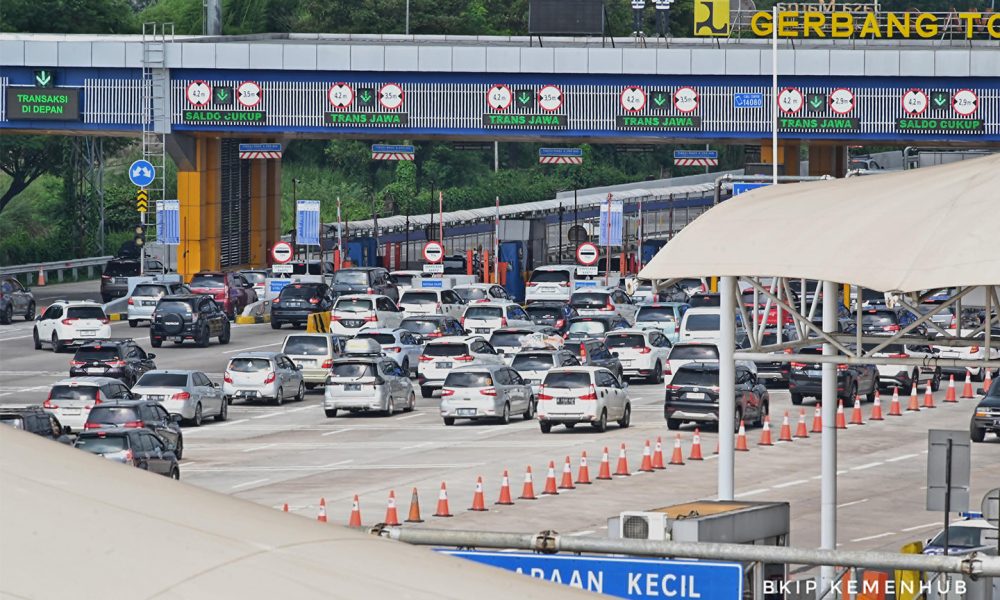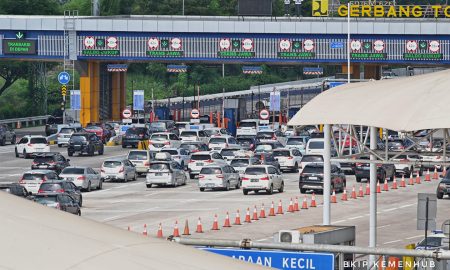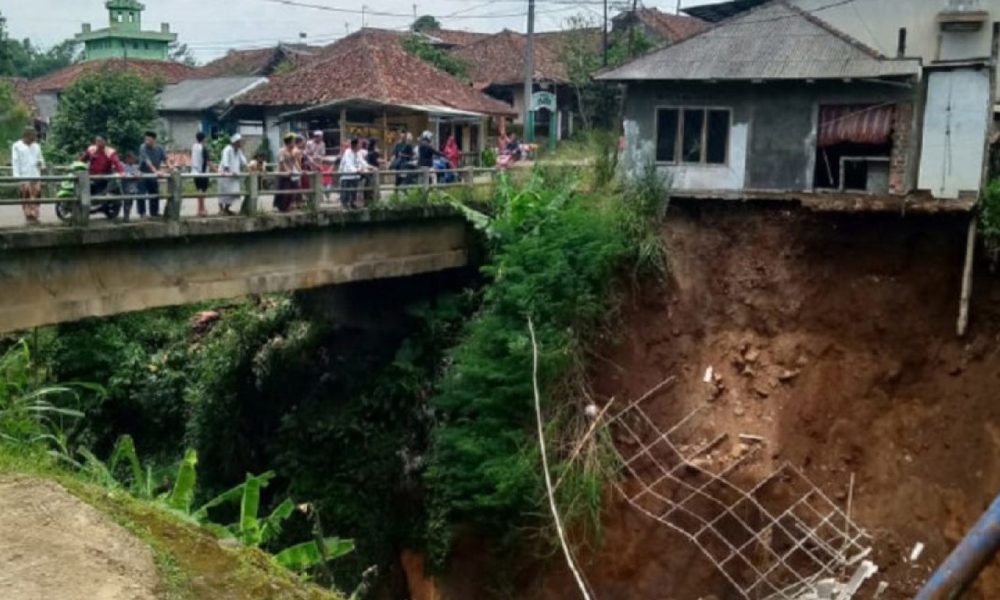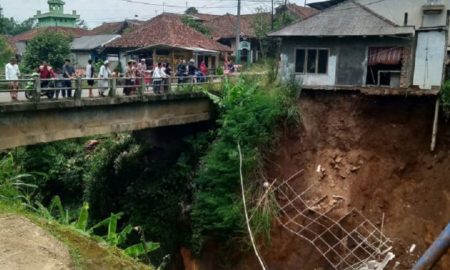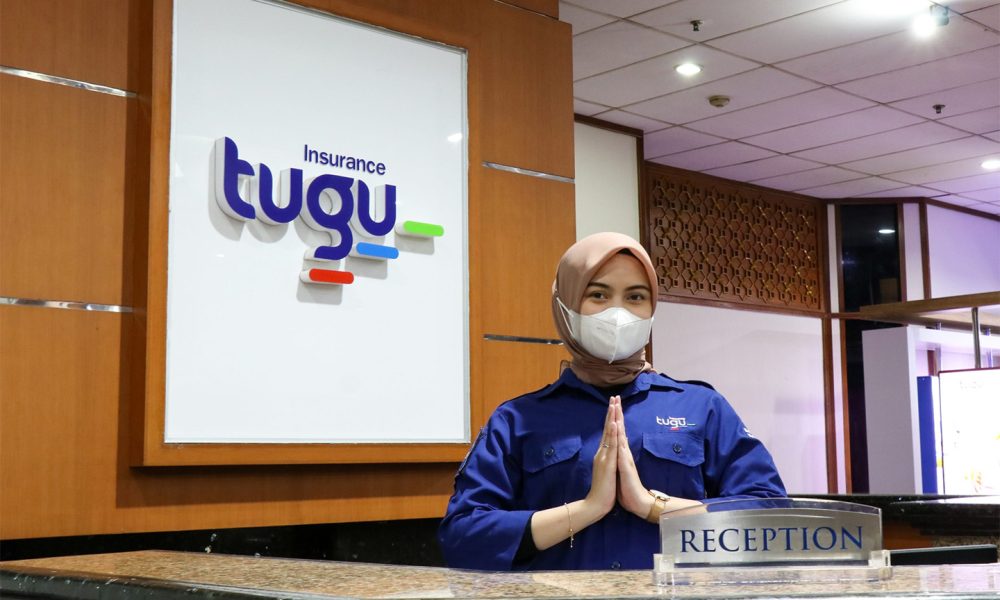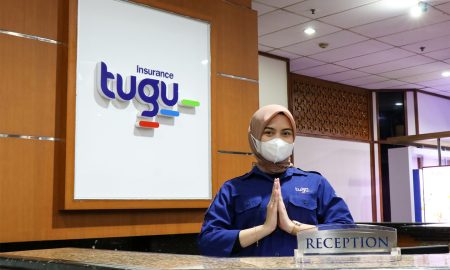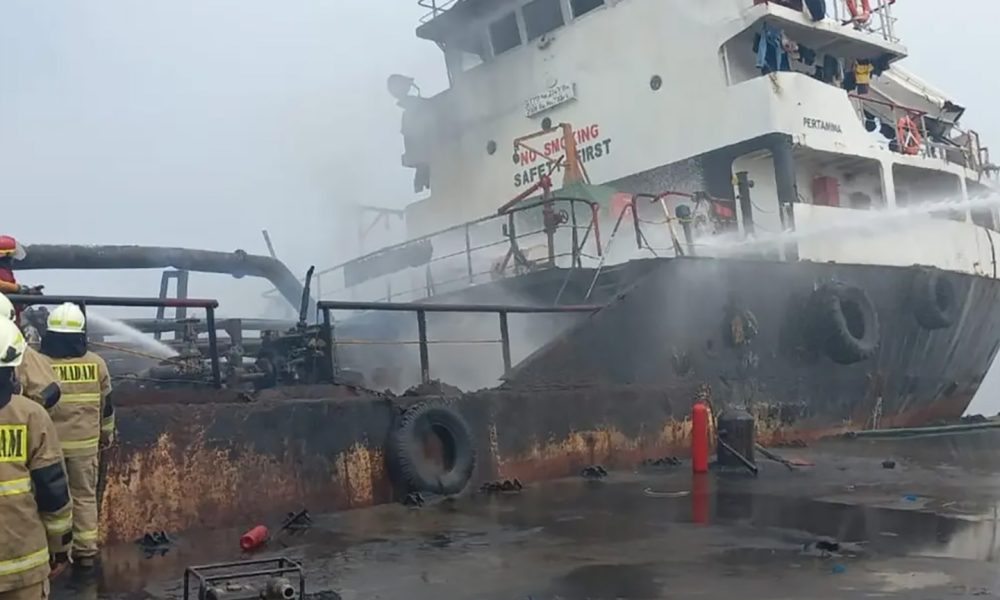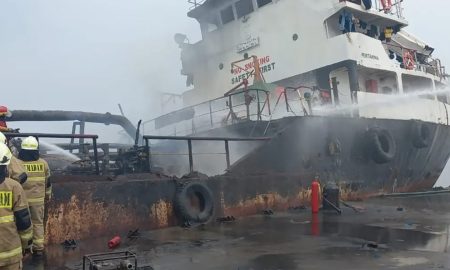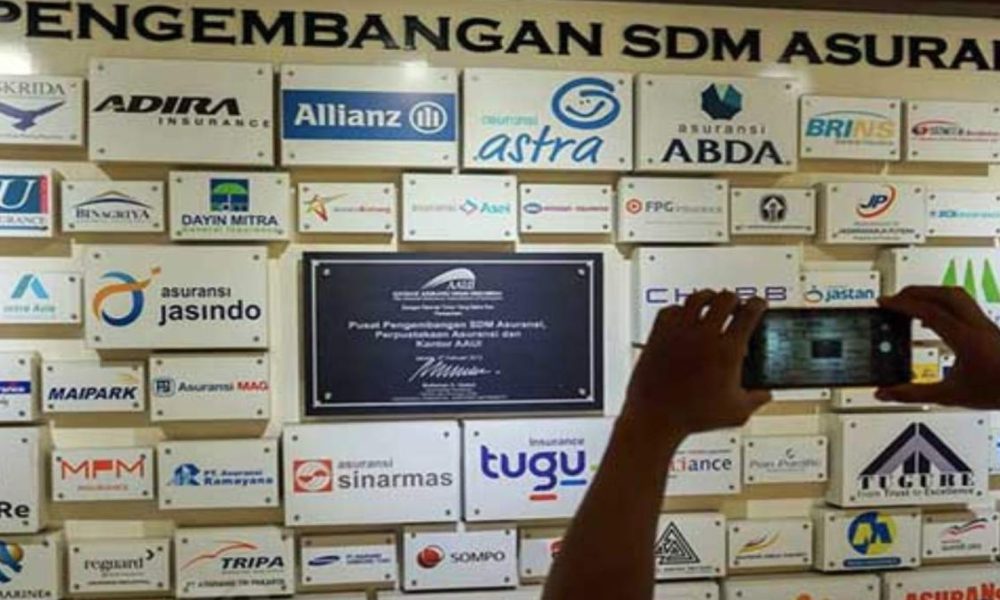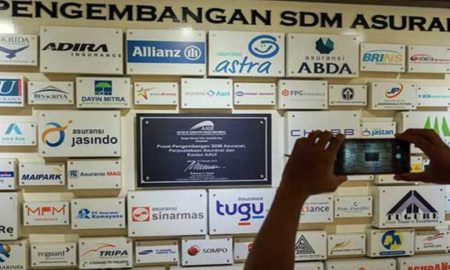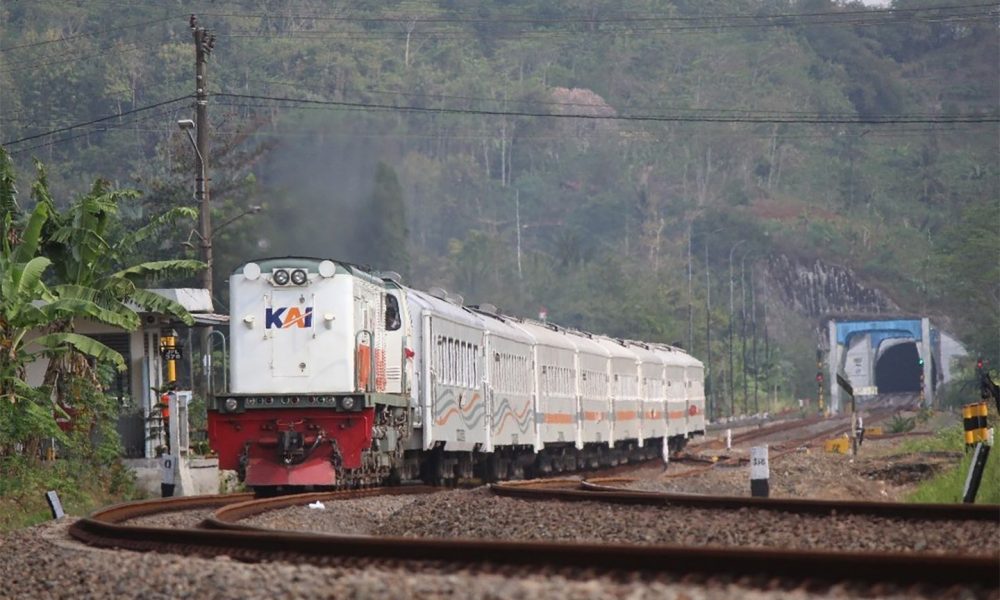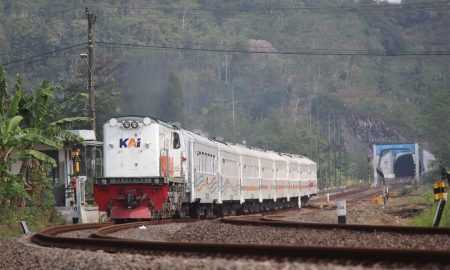Liga Asuransi – Dear readers, how are you? I hope your business keeps growing as expected.
Let’s continue our discussion about Risk Management and Insurance, and this time we will discuss Third-Party Liability and pollution in the nickel mining and operation industry.
To our new readers, I would like to give you a warm welcome. You need to know that we focus on risk management and insurance topics on this site. We have hundreds of articles; please look at this page’s top, right, and left.
If you like this article, please share it with your colleagues so they can share them with their friends.
For your information that risk management and insurance are crucial for the nickel mining and production industry due to the risks and potential liabilities involved.
Risk management and insurance are essential for nickel mining and product. Risk management and insurance are critical for nickel mining and production companies; given these risks and liabilities, effective risk management strategies, and securing comprehensive insurance coverage, mining companies can better manage their risks and protect their employees.
Insurance coverage for nickel mining and production typically includes a range of policies, including pollution liability insurance, property damage and business interruption insurance, and workers’ compensation insurance. These policies can help protect mining companies from financial losses from environmental damage, property damage, business interruption, and employee injuries.
Third-party liability exposures during the process of mining nickel can include:
- Environmental Pollution
The mining and production of nickel can release pollutants into the environment, including air, water, and soil. This can lead to environmental damage and harm surrounding communities, wildlife, and ecosystems. Third-party liability claims can arise if the pollution results in property damage, personal injury, or loss of livelihood for nearby residents or businesses.
- Property Damage and Business Interruption
Mining and production often involve heavy machinery and equipment, resulting in property damage and business interruption during accidents, breakdowns, or natural disasters. Third-party liability claims can arise if damage or business interruption affects neighboring properties or businesses.
- Employee Health and Safety
The mining and production of nickel can be hazardous to employees, with potential risks including accidents, exposure to toxic substances, and other health and safety hazards. Third-party liability claims can arise if mining company employees cause harm or damage to third parties, such as neighboring properties or individuals.
- Social Impact
Mining companies can also have a significant social impact on surrounding communities, including displacement, loss of traditional livelihoods, and changes to cultural practices. Third-party liability claims can arise if the mining company causes harm to the social fabric of the community or fails to address community concerns adequately.
Third-party liability exposures during mining nickel can include environmental pollution, property damage, business interruption, employee health and safety, and social impact. Mining companies must be aware of these risks and implement risk management strategies to minimize the likelihood of incidents and mitigate the potential impact of third-party liability claims. This can include implementing environmental management systems, ensuring compliance with health and safety regulations, engaging with local communities, and securing comprehensive insurance coverage.
Pollution Risks
Environmental pollution is a significant exposure in nickel mining and can arise from various sources, including dust and particulate matter, water pollution, soil pollution, and tailings disposal.
Nickel mining companies need to implement effective environmental management systems and ensure compliance with environmental regulations to mitigate the potential impact of environmental pollution on nearby communities and ecosystems.
This can also involve securing pollution liability insurance coverage to protect against third-party liability claims related to environmental pollution.
This process can release pollutants into the environment, including air, water, and soil, harming human health, wildlife, and ecosystems.
The environmental pollution exposures in nickel mining can arise from various sources, including:
- Dust and Particulate Matter
Dust and particulate matter can be generated during the mining and transportation of nickel ore and the processing of the ore into nickel metal. These particles can be inhaled by workers and nearby residents, leading to respiratory issues and other health problems.
- Water Pollution
Nickel mining and processing can also release wastewater and runoff containing harmful chemicals and heavy metals. This can contaminate nearby water sources, including rivers, lakes, and groundwater, and significantly impact aquatic life and human health.
- Soil Pollution
The extraction and processing of nickel can also release contaminants into the soil, which can have long-lasting impacts on soil health and fertility. This can affect the ability of nearby communities to grow crops and have significant implications for local food supplies.
- Tailings Disposal
The disposal of tailings, which are the waste materials generated during the mining and processing of nickel ore, can also be a significant source of environmental pollution. Tailings can contain harmful chemicals and heavy metals, leaching into the surrounding environment and contaminating nearby water sources and soil.
Pollution accidents in the nickel mining industry?
- Inco’s Sudbury Operations, Canada (1970s)
In the 1970s, the nickel mining operations of the International Nickel Company (Inco) in Sudbury, Canada, were responsible for significant air pollution, including emissions of sulfur dioxide and particulate matter.
This resulted in acid rain, environmental damage in the surrounding area, and respiratory and other health problems for nearby residents.
- Coral Bay Nickel Corporation, Philippines (2005)
A tailings dam owned by the Coral Bay Nickel Corporation in the Philippines collapsed, releasing an estimated 1.6 million cubic meters of waste into nearby waterways. The incident resulted in significant environmental damage and harm to aquatic life and the displacement of nearby communities.
- Vale’s Onca Puma Nickel Project, Brazil (2010)
The Vale-owned Onca Puma Nickel Project in Brazil was fined for air pollution violations related to the emissions of sulfur dioxide and other pollutants. The incident resulted in respiratory issues and other health problems for nearby residents.
- Ambatovy Nickel Project, Madagascar (the 2010s)
The Ambatovy Nickel Project in Madagascar has been criticized for its environmental impact, including water pollution and deforestation. The project has also been associated with social issues, including the forced resettlement of local communities.
- PT Vale Indonesia’s Tailings Dam Failure (2018
In March 2018, a tailings dam owned by PT Vale Indonesia collapsed, releasing an estimated 100,000 cubic meters of waste into a river in the Indonesian province of Sulawesi. The incident resulted in water pollution, nearby communities’ displacement, and aquatic life loss.
- Weda Bay Nickel Project, Halmahera Island (2020)
The Weda Bay Nickel Project, a joint venture between French mining company Eramet and China’s Tsingshan Holding Group, has faced criticism over its environmental impact, including deforestation and water pollution.
- Environmental damage in Obi Island (2021)
The nickel mining in Obi Island in the North Maluku province of Indonesia has caused significant environmental damage, including deforestation, soil erosion, and water pollution. Local communities have also been impacted, with reports of health issues and forced resettlement.
Understanding Pollution liability Insurance
Third-party liability insurance, including pollution liability, is designed to protect businesses and individuals from financial losses that may arise from claims made by third parties for property damage, bodily injury, or other losses resulting from their activities.
In the nickel mining industry context, third-party liability insurance can cover environmental pollution incidents caused by the mining operation.
Pollution liability insurance covers damages or losses resulting from pollution incidents, including environmental damage, contamination of natural resources, and harm to human health.
The coverage may extend to a wide range of potential damages, including property damage, cleanup costs, loss of income, and liability for bodily injury or death.
In the case of nickel mining, pollution liability insurance can cover environmental pollution incidents caused by the mining operation, such as releasing toxic chemicals or waste materials into the air, water, or soil.
This coverage may extend to third-party claims for property damage, bodily injury, or other losses resulting from the pollution incident.
What is the information needed for public liability insurance for a mining operation?
When applying for public liability insurance for a mining operation, insurers will typically require several types of information to assess the risks associated with the process and determine the appropriate coverage and premiums. Some of the critical types of data that may be needed for public liability insurance for a mining operation include:
- Business Information
This may include details about the mining company, such as its name, location, legal structure, and business activities.
- Risk information
Insurers will typically want to understand the risks associated with the mining operation, including details about the site, the types of mining activities being undertaken, the equipment and machinery used, and any hazardous materials or waste generated.
- Environmental information
Mining companies may need to provide information about the environmental impact of their operations, including any past pollution incidents, compliance with environmental regulations, and measures taken to prevent and manage environmental risks.
- Claims history.
Insurers may request information about the mining company’s claims history, including any previous claims made under public liability insurance policies or other insurance products.
- Safety and risk management measures
Insurers may want to know about the mining company’s safety and risk management practices, including training programs, safety policies and procedures, and emergency response plans.
- Financial information
Mining companies may be asked to provide financial information, such as their annual revenue, assets and liabilities, and any outstanding debts or legal liabilities.
The specific information required for public liability insurance for a mining operation may vary depending on the insurer and the offered policy. Mining companies need to work closely with their insurance providers to provide accurate and comprehensive information about their operations and risks and identify any potential gaps in coverage or risk management strategies.
Why do nickel companies need an insurance broker to arrange their insurance?
Nickel companies need an insurance broker to arrange their insurance for several reasons:
- Expertise
Insurance brokers have specialized knowledge and expertise in insurance policies, coverage, and claims management. They can help nickel companies navigate complex insurance markets and find the right coverage to protect their business from risks and potential losses.
- Access to insurance markets
Insurance brokers have relationships with multiple insurance companies and access to various insurance markets. This allows them to compare policies and premiums from different insurers and find the best coverage and rates for nickel companies.
- Customized insurance solutions
Insurance brokers can tailor insurance policies to meet the specific needs of nickel companies. They can identify and assess the risks nickel companies face and recommend coverage options to mitigate them.
- Claims management.
Insurance brokers can assist nickel companies in managing insurance claims, ensuring they receive a fair settlement and that the claims process runs smoothly.
Insurance brokers provide a valuable service to nickel companies by helping them manage their insurance needs and risks, ensuring that they have the right coverage to protect their business, and assisting them in navigating the complexities of the insurance market.
One of the leading insurance broker in Indonesia focusing on the mining industry is L&G Insurance Broker.
For all your insurance needs, please call L&G now!
—
LOOKING FOR INSURANCE PRODUCTS? DON’T WASTE YOUR TIME AND CALL US RIGHT NOW
24-HOUR L&G HOTLINE: 0811-8507-773 (CALL – WHATSAPP – SMS)
website: lngrisk.co.id
E-mail: customer.support@lngrisk.co.id
—



